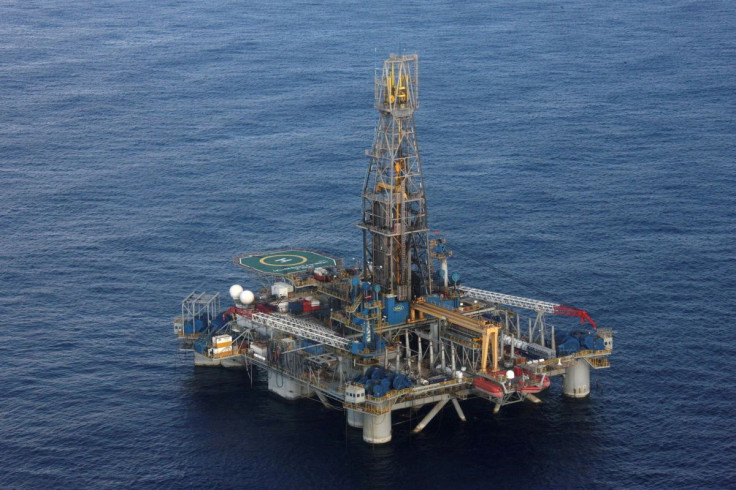Oil Pares Gains As New China Lockdown Measures Emerge

Oil prices gave up early gains on Thursday after parts of Shanghai imposed new COVID-19 lockdown measures, outweighing news of China's stronger-than-expected exports in May.
Brent crude futures for August dipped 15 cents, or 0.1%, to $123.43 a barrel at 0630 GMT, while U.S. West Texas Intermediate crude for July was at $121.91 a barrel, down 20 cents, or 0.2%.
Both benchmarks closed on Wednesday at their highest since March 8, matching levels seen in 2008.
China's May exports jumped 16.9% from a year earlier as easing COVID curbs allowed some factories to restart, the fastest growth since January this year and more than double analysts' expectations.
But while the Chinese trade figures were upbeat, they failed to lift oil prices for long.
"Of far greater importance is news that a district of Shanghai has been locked down today, reviving fears of another leg of China weakness due to its covid-zero policies. That is capping any gains in Asia today," said Jeffrey Halley, OANDA's senior market analyst for Asia Pacific.
Parts of Shanghai began imposing new lockdown restrictions on Thursday, with residents of sprawling Minhang district ordered to stay home for two days in a bid to control COVID transmission risks.
"The export performance is impressive in the context of the country's multi-city lockdowns in the month," Stephen Innes, managing partner at SPI Asset Management, said in a note Thursday.
"Still, the apparent negative feedback loop is there is less incentive for the authorities to move away from 'zero COVID' soon," Innes said, adding that this was a bit of a saw-off for oil markets.
Meanwhile, peak summer gasoline demand in the United States continued to provide a floor to prices.
The U.S. posted a record fall in strategic crude reserves even as commercial stocks rose last week, data from the Energy Information Administration (EIA) showed on Wednesday.
U.S. gasoline stocks unexpectedly dropped, indicating resilience in demand for the motor fuel during peak summer despite sky-high pump prices.
"It's hard to see significant downside in the coming months, with the gasoline market likely to only tighten further as we move deeper into driving season," said ING's head of commodities research Warren Patterson.
EIA's data showed that apparent demand for all oil products in the United States rose to 19.5 million barrels per day (bpd) while gasoline demand rose to 8.98 million bpd, ANZ analysts said in a note.
© Copyright Thomson Reuters 2024. All rights reserved.







